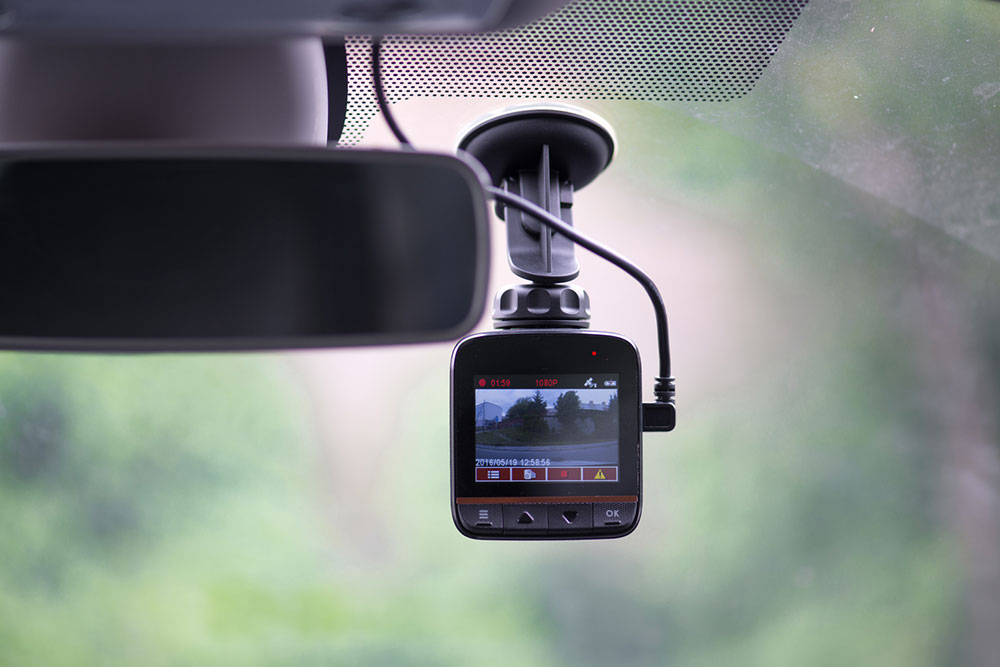7 things to know before buying a dash camera

Dash cams are a useful car accessory. They work like the second pair of eyes on the road. This is important because even if one drives carefully, there is no assurance that others drive responsibly as well. Besides, they can work as a safety and precaution measure to protect against unnecessary traffic stops and insurance fraud attempts. For those looking to purchase a dash cam, here are a few things to know before buying one.
Cost of the dash cam
This is one of the first things to consider before buying a dash cam. Top dash cams are usually priced between $30 and about $500; however, the price generally depends on the model and the features offered.
Most dash cams with adequate features will cost an average of $100 to $400. For instance, a dash cam that costs around $100-$300 will have a 4K Ultra display with built-in GPS functions and extra recording modes such as time-lapse or slow motion. Besides, it will support larger SD card storage sizes with automatic Wi-Fi video uploads. The higher-priced models will have multiple-angle viewing capabilities. The amount one spends on the dash cam will depend on the required features and the budget that has been decided.
Quality of image
Most top dash cams have a lot of features and additions. Yet, one of the most crucial things to consider is the quality of the actual camera. With higher-quality cameras, one will get images and videos with better clarity. This can be pretty beneficial whenever any details need to be checked after accidents or other incidents. After all, this is often the primary purpose of fixing a dash cam to the car. To know the quality of the camera, here are a few specs one can check.
Resolution
The higher the camera’s resolution, the better the image quality. However, cameras with high resolution usually cost more.
Field-of-View
This indicates how wide the camera can see the surroundings. A wide field of view allows one to see much more at any moment, but it lowers the resolution of the images and videos.
Frame rates
The higher the frame rate, the better the quality of the videos. However, higher frame rates take up too much storage space and are not useful for the purpose of the dash cam.
Night vision
Also known as low-light vision, this is particularly useful for those who frequently travel at night.
Battery capacity
Usually, dash cams do not have built-in batteries. They run on the power of the car’s engine. So whenever the engine is running, the camera will be on. Once the engine is turned off, the camera will power down. But some dash cam models have built-in batteries.
These can be useful when one has to park their vehicle in public parking lots frequently. However, these cameras have a short battery life.
Storage capacity
Video footage always takes up more space in any kind of camera. So when picking a dash cam, make sure to buy one that has sufficient storage. Some dash cams have substantial built-in storage, like around 4Gb or more. Without external storage, these dash cams can store footage for a few days. However, if more storage is required, one can purchase dash cameras with an SD card slot. These can hold MicroSD cards with at least 64GB of storage.
Footage protection capacity
Sometimes, dash cameras record new footage over older ones on the loop. This can be a problem if one requires older recorded footage at a later date. To avoid this, consider buying dash cams that protect against the footage’s overwriting. Such cameras have the G-Sensor. It detects a sudden change in motion and signals the dash cam to save the footage of the incident immediately. The footage is then locked and safeguarded against any overwriting.
Mounting method
Dash cams have to be mounted to the vehicle. There are a couple of options for this. Most dash cams are mounted on the windshield or the dashboard, depending on the model. The mounting can be done through a suction mount or adhesive mount. The most common method is the suction mount, which is quite strong. However, it offers a little bit of flexibility to unmount and shift the camera’s location.
On the other hand, adhesive mounts do not offer this flexibility. They are difficult to unstick and leave behind sticky patches whenever removed from the dashboard or the windshield. However, adhesive ones take up much less space than the suction ones.
Display capability
Some dash cams can connect with a phone to access the camera settings. However, several models also have built-in display capacity. This allows one to review the footage, adjust the controls, and use other dash cam features. Usually, the larger the display is, the easier it is to view the footage and scan through the menus. The screen size is often between two and three inches. For better clarity, get a dash cam with a three-inch LCD to help you change the settings whenever needed.
One can consult family and friends about the popular dash cam models. Reading reviews online also helps one be informed about reliable dash cam models for one’s car.